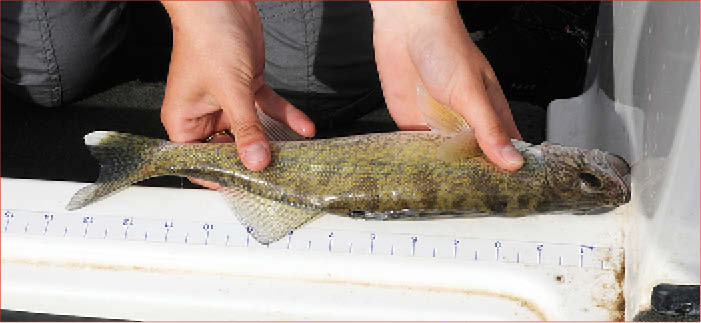As air temperatures warm up during a North Dakota spring, fishing usually heats up as well.
And heading into this spring, most anglers will agree that fishing in North Dakota the past couple of years is as good as it’s ever been. It could get even better this year.
But even in this time of plenty, the State Game and Fish Department still hears angler concerns over real or perceived problems on rules and regulations.
One of the more common concerns we hear every spring is that too many large walleye are harvested before or during the spawning run on some waters in the state, particularly on the Missouri River and from the coulees that flow into Devils Lake.
North Dakota has been open to fishing year round for more than two decades. Prior to the early 1990s, fishing had a closed season from mid-March to early May which usually covered the northern pike and walleye spawning period. The Missouri River System in North Dakota hasn’t r had a closed season since the 1970s.
Biologists and fisheries managers realize some harvest of large female walleyes occurs during this time. They fish too, and are in touch with the angling public. However, spring harvest is a small component of the total harvest over the course of the year.
One of the management options occasionally suggested is a “One-Over” restriction, which refers to allowing harvest of only one fish over a certain length within a daily limit, such as one walleye over 20 inches within a daily limit of five walleye
From a purely biological perspective, a one-over limit is needed when reproduction is limited by the number of large brood fish, and the fish are vulnerable to high fishing mortality. With ample reproduction on Devils Lake and the Missouri River, Game and Fish biologists don’t feel the number of brood fish is a limiting factor at this time. However, some anglers look at a one-over limit as a way to protect large fish so there are more large fish to be caught.
For a one-over regulation to work, biologists would have to see some evidence that harvest is having a major negative influence on a population’s large fish. In other words, they would have to document consistent harvest of multiple large fish per trip, for a regulation limiting the harvest to one large fish per trip to achieve the desired result.
A creel survey on the coulees flowing into Devils Lake in spring 2010 found that most fish harvested were less than 20 inches, with an average length of 17.9 inches. A one-over-20-inch regulation on Devils Lake at that time would have reduced harvest by about 2 percent, a total of 170 fish.
Game and Fish tagging studies around the state also indicate that 10-20 percent of released fish are caught more than once. So, a regulation requiring the mandatory release of 170 walleye in spring 2010 would have provided at most 35 fish to be recaptured and enjoyed later by anglers in the Devils Lake complex.
When you consider that angling effort surpasses 1 million hours a year at Devils Lake, a regulation restricting spring harvest would not have produced any real improvement to the fishing experience for the majority of anglers.
Even with a year-round regulation requiring release of all walleye longer than 20 inches, those fish would only be recaptured about once every 100 fishing trips. Some anglers will remain understandably passionate about this topic, but in reality, restricting the harvest of large walleye would pay little dividend when it comes to improving fishing.
Of course, conditions could change in the future, and fisheries managers are continually monitoring populations to determine if or when regulations changes are necessary.
Leier is a biologist with the Game and Fish Department. He can be reached by email: dleier@nd.gov


